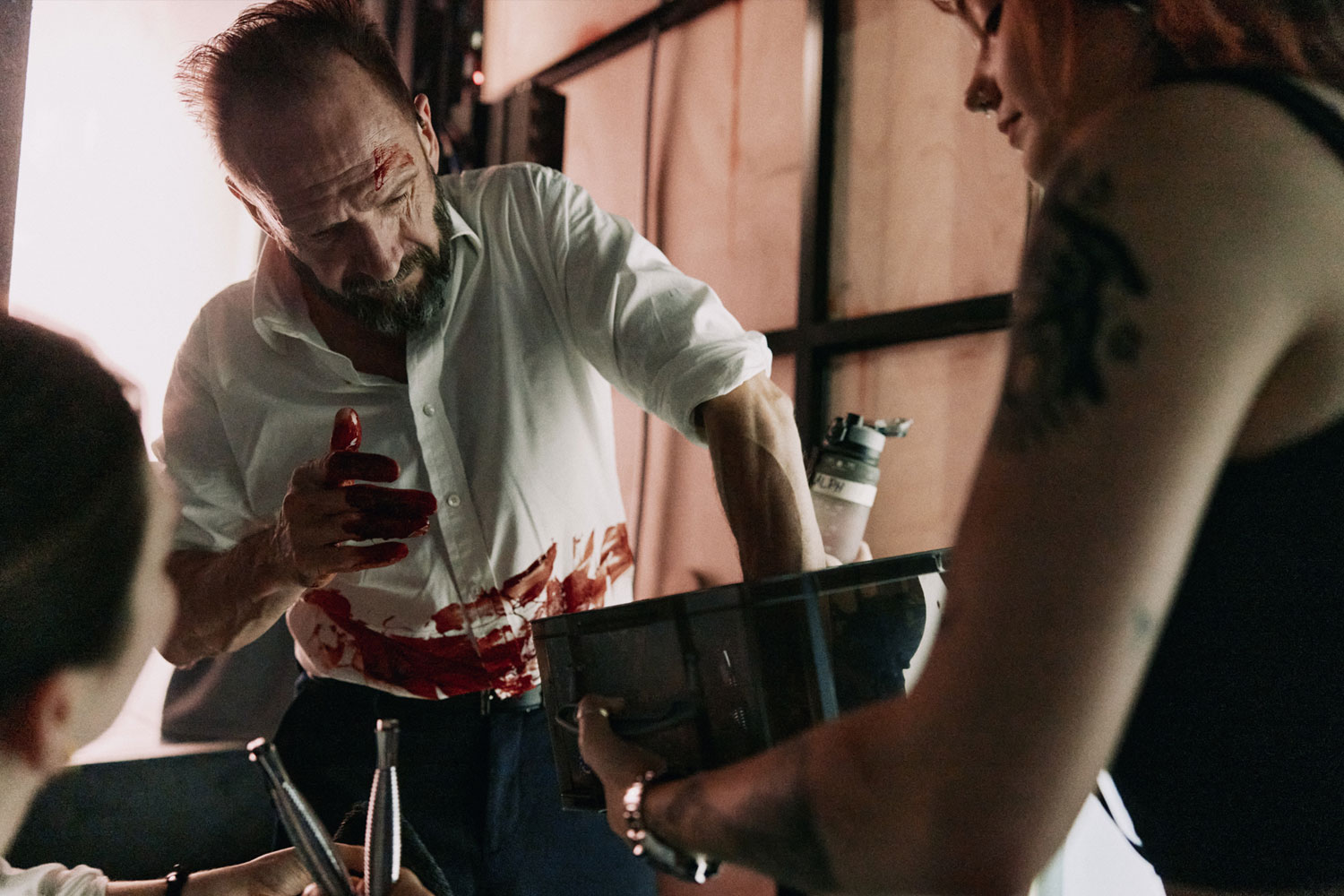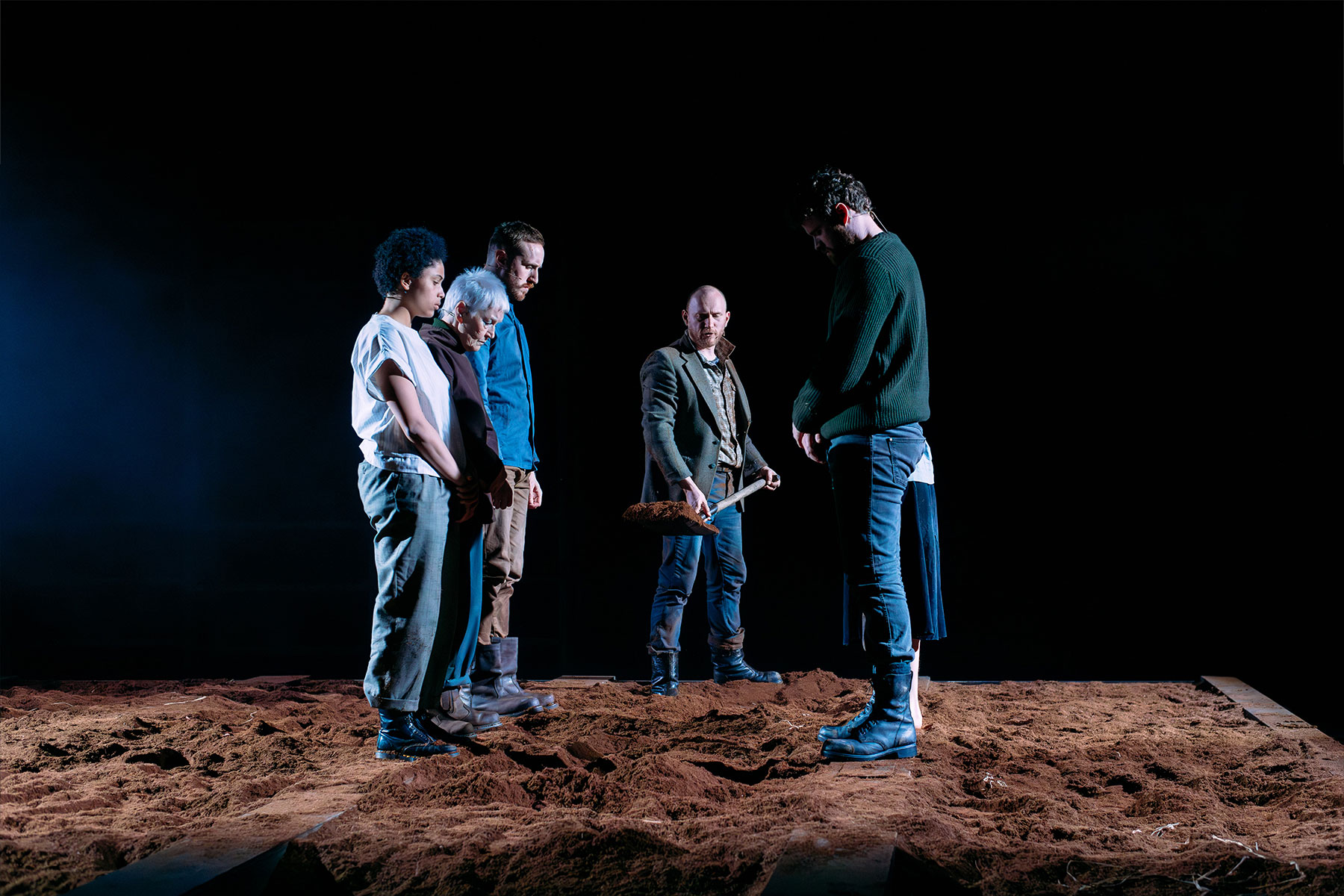Cuts: Hytner: Why Philanthropy Alone Won’t Work
Nobody expects the arts to escape the public spending squeeze, and there has been a lot of talk about the replacement of the current funding system with something more like the American model, which is almost exclusively dependent on private philanthropy. The government has been, in my experience, more circumspect. The culture minister Jeremy Hunt has talked about philanthropy not as an alternative to public funding but as an addition, and he has suggested that it will take 20 years before it has reached a level that will enable the arts to be substantially less dependent on public investment.
Leading cultural institutions have been in warmly productive relationships with both individual philanthropists and corporate sponsors for many years. We all welcome the government’s commitment to encouraging philanthropy but at the time of writing, we still await substantive proposals.
Nobody in the British arts world would turn up their noses at the kind of tax breaks offered in America where billions of dollars flow annually not to the IRS but to cultural institutions, channelled by a relatively small cadre of wealthy individuals. It remains to be seen how thrilled the British Treasury would be to swallow a reduction in tax revenue on the American scale.
The great London institutions have become, in any event, increasingly adept at paying their own way. In 1980 60% of the NT’s income came from the state; in 2000, 50%; now, as this Annual Report shows, 30%. This is partly because our turnover has doubled over the last eight years as we have become increasingly entrepreneurial.
We also raise £6 million a year in sponsorships and donations and we are by no means top of the league: the Royal Opera House last year raised £19 million. Our relationships with loyal corporate supporters such as Travelex, Philips, Accenture and Bank of America Merrill Lynch continue to thrive, and we’ve recently welcomed new sponsorships from Neptune Investment Management and Aviva, as well as generous donations from many individuals, trusts and foundations.
Public & private symbiosis
I’m nevertheless deeply concerned that the success of a large handful of flagship institutions in earning and raising substantial amounts of money should not somehow give the impression that arts philanthropy is a piece of cake.
There is, to begin with, a symbiotic relationship between private giving and public subsidy. It is almost invariably the case that private sponsors gravitate to those institutions which are most reliably supported by the state. They are understandably attracted by success and stability. It is not easy for companies who struggle to make ends meet to find private sponsors to help them only to survive. Nor is it easy for young companies, however exciting they may promise to be, to find individuals who will take a punt on their future success. Mere survival is no more attractive to private donors than the risk of failure.
The money’s in London
Even more unsettling is the assumption that regional or small fringe institutions will have the same experience as the National Theatre, the Royal Opera House or the British Museum. Regional theatres have worked hard to form relationships with local businesses and individual supporters, but bluntly, the money is in London. In the great American cities, there is not only money but also a long established tradition – which our regional centres do not share – of philanthropic support for cultural institutions.
The situation is not much different for smaller experimental theatre companies, even in London. Understandably, private sponsors are interested in the achievements and prestige of what were once called the centres of excellence. It is time to recognise that excellence is sought by everyone in the arts, and achieved in the most unexpected places. And the mighty institutions are utterly dependent on today’s fringe for tomorrow’s greatest talents.
Swingeing cuts in the arts would hit smaller and regional institutions hardest. Many of them would simply close. The immediate impact would be on the communities they serve, but the impact on the national companies would follow swiftly. All the writers, directors, designers and actors currently working at the National Theatre started their careers and gained the experience and expertise that made them what they are in the regions or on the fringe.
Creative confidence
It is exactly this expertise, this creative confidence, which has ensured that the creative economy has been the only part of the wider economy to flourish and grow during the last few years. The Chancellor has generously acknowledged that the creative sector is as large as the financial sector. It has also given him and his predecessors considerably less of a headache.
It is our creative economy that is genuinely still a world-beater, and at its centre is the network of publicly subsidised institutions that are its engine room. In too many other areas of national endeavour, we lick our wounds and admit ruefully that we no longer punch above our weight; but our international pre-eminence as creative entrepreneurs is widely celebrated.
I am sure that the arts are resourceful enough to absorb some of the pain, and as we await the outcome of the Comprehensive Spending Review, I hope the government has been able to develop a sensible long-term plan for the arts to survive and even prosper through the next few years. Although we may be no smaller than the financial sector, there is no risk that we will bring the rest of the economy down, and every hope that we can be in the vanguard of the recovery.
– Nicholas Hytner, artistic director, National Theatre
The above is extracted from the foreword of the National Theatre’s 2009-10 Annual Report, which is published this week and can be downloaded from www.nationaltheatre.org.uk.










